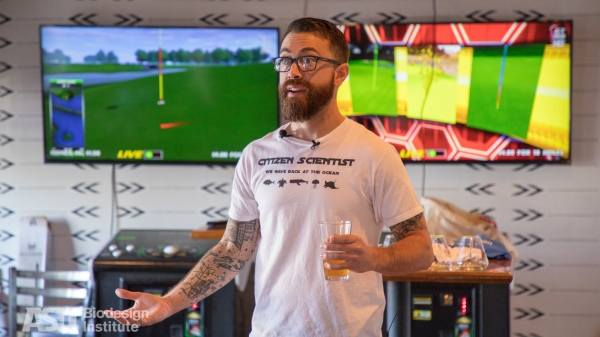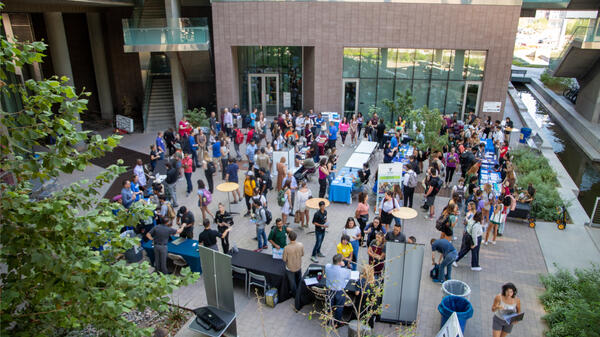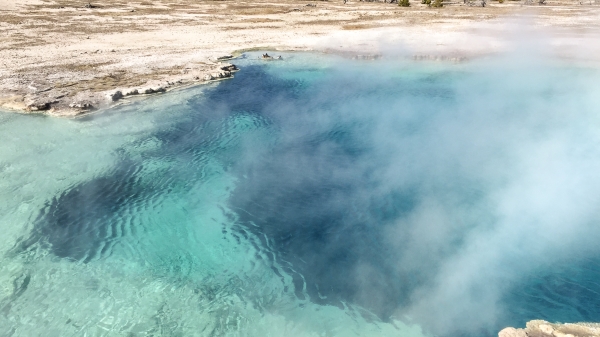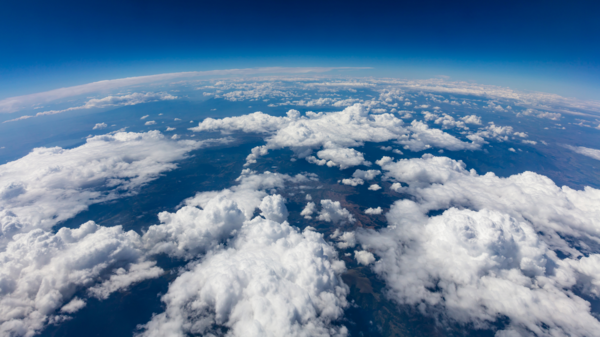Search ASU News stories

|
Biodesign researcher leads community discussion on plastic in the oceanArizona State University’s Biodesign Institute hosted the second event of its new series, “A Sip of Science,” Sunday afternoon at the Tavern Americana restaurant in Scottsdale. Biodesign researcher Charlie Rolsky described his work, explained the growing threat of… |

|
Dance on the brain: Graduate connects passion for ballet with neuroscienceEditor’s note: This story is part of a series of profiles of … |

|
Mapping corals from the sky guides reef conservationCoral reefs are one of the most biodiverse ecosystems on the planet supporting an estimated 25% of all marine species. These biologically rich… |

|
ASU researcher leads viewers into 'Expedition Unknown'In Pondoland, on the east coast of South Africa, Erich Fisher, an Institute of Human Origins research scientist, has been leading research at the Waterfall Bluff… |

|
ASU College of Global Futures hosts student career exploration dayWhether in the corporate world, nonprofit realm or the public sector, "green jobs”… |

|
Gaining altitude through educationEditor's note: This story is part of a series of profiles of notable fall 2023 graduates. Merrill Magowan… |

|
Searching for the methods of alien life in a national parkAmong Jupiter’s 79 moons, Europa jumps out at planetary scientists. Covered in an ice crust, it has the smoothest surface of any object in the solar system. Spacecraft have detected water vapor plumes wafting from the Jovian moon. Scientists estimate an ice crust 62… |

|
Climate activism at The CollegeIn honor of Earth Month, The College of Liberal Arts and Sciences at Arizona State University is highlighting work throughout its academic units and centers that addresses climate change from multiple perspectives. Scholars in the humanities, natural sciences… |

|
ASU receives 3 awards for research critical to national securityThree researchers in the Ira A. Fulton Schools of Engineering at Arizona State University have received grant awards under the … |

|
New funding expands ASU partnership with Carbon MapperAcross the globe, science echoes the same and intensifying message: We must mitigate climate change and support our ecosystems. Following its notorious cousin carbon dioxide, the greenhouse gas methane creates problems of its own. Methane is a leading cause of climate… |